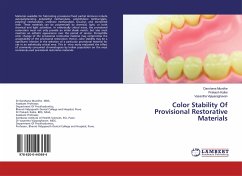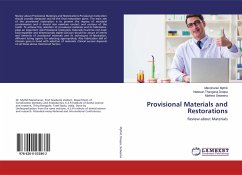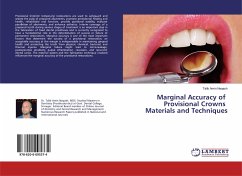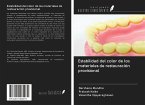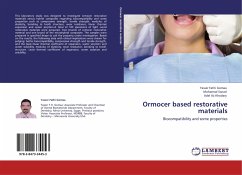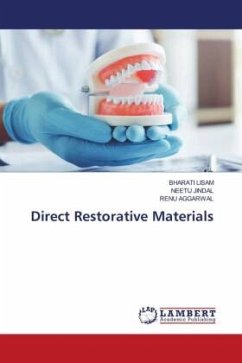Materials available for fabricating provisional fixed partial dentures include autopolymerizing polymethyl methacrylate, polyethylene methacrylate, polyvinyl methacrylate, urethane methacrylate, bis-acryl, and microfilled resin. These materials can be polymerized by chemical, light, or both chemical and light activation. In esthetically critical areas, the provisional restoration must not only provide an initial shade match, but also must maintain an esthetic appearance over the period of service. Perceptible color change of the provisional restorative material may compromise the acceptability of the provisional restoration. Hence, color stability may be a significant criterion in the selection of a particular provisional material for use in an esthetically critical area. This in -vitro study evaluated the effect of commonly consumed chromatogens by Indian population on the most commonly used provisional restorative materials.
Hinweis: Dieser Artikel kann nur an eine deutsche Lieferadresse ausgeliefert werden.
Hinweis: Dieser Artikel kann nur an eine deutsche Lieferadresse ausgeliefert werden.

